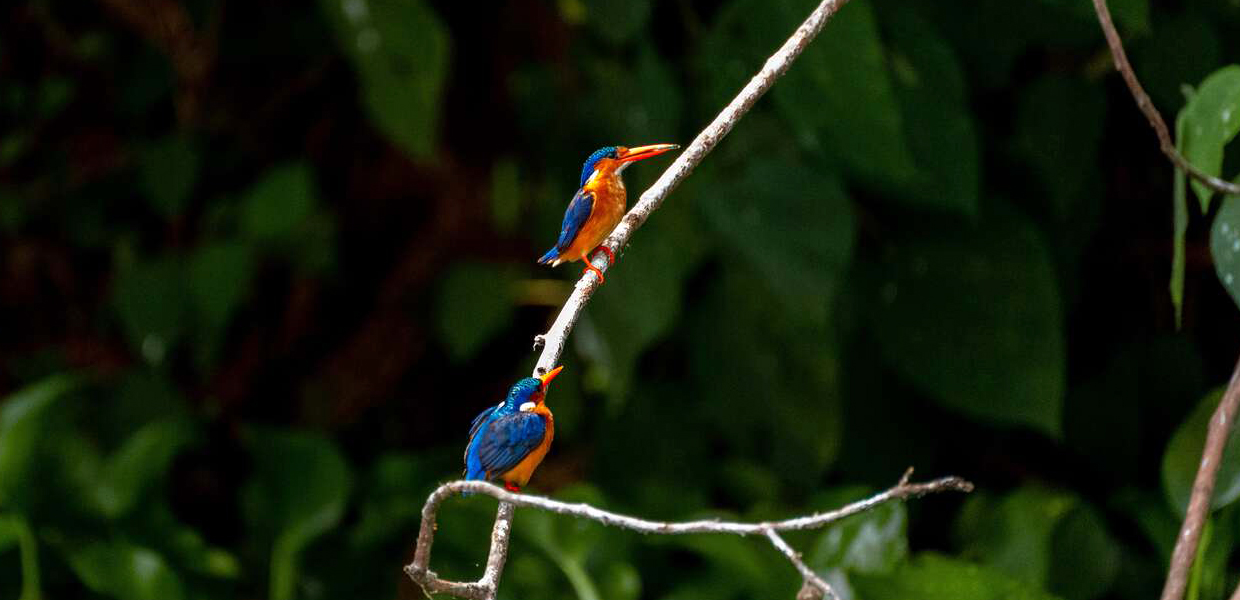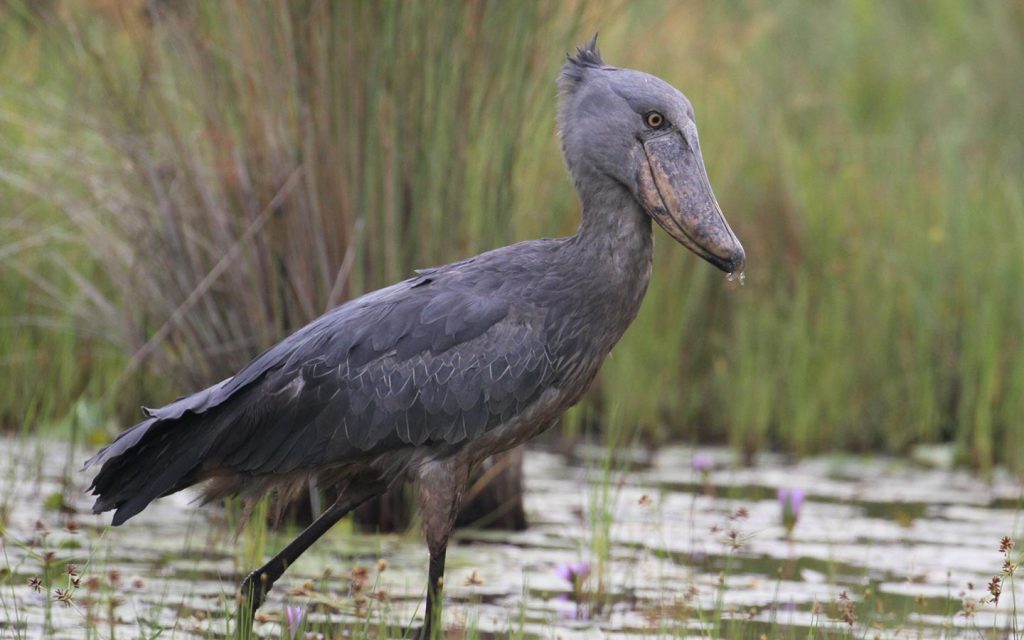
Best Time to Visit Uganda for a Birding Safari
Best Time to Visit Uganda for a Birding Safari. Uganda, often referred to as the “Pearl of Africa,” is a true paradise for bird enthusiasts. With over 1,000 species recorded, the country’s diverse landscapes, from dense rainforests to sprawling savannahs, offer an unparalleled birding experience. But like any destination, timing is crucial to make the most out of your birding safari. To ensure you witness Uganda’s avian wonders at their best, understanding the seasonal patterns is essential.

Understanding Uganda’s Climate and Seasons
Before delving into the specifics of birdwatching, it’s important to grasp Uganda’s climatic nuances. Uganda, located near the equator, enjoys a tropical climate, characterized by two main seasons: the wet season and the dry season. These seasons are dictated by the Intertropical Convergence Zone (ITCZ), which influences rainfall patterns across the region. Understanding these climatic shifts will help you pinpoint the optimal time for your birding adventure.
The Dry Seasons: Ideal Birding Time
Uganda experiences two dry seasons: from December to February and from June to August. These periods are generally considered the best times for a birding safari, and for several compelling reasons.
Firstly, during the dry seasons, the vegetation is less dense, making it easier to spot birds. The reduced foliage means that the birds are more visible, and the drier trails make accessing various birding spots less challenging. Additionally, many bird species are more active during these months. Therefore engaging in courtship displays, nest-building, and feeding, providing birdwatchers with numerous opportunities to observe a variety of behaviors.
Secondly, the dry season coincides with the arrival of migrant bird species from Europe and North Africa, which adds an extra layer of excitement to any birding expedition. Between November and April, these migratory species join the resident birds, increasing the diversity and abundance of birds you’re likely to encounter.
The Wet Seasons: A Unique Birding Opportunity
While the dry seasons are generally preferred, the wet seasons, from March to May and September to November, also offer unique birding opportunities. During these periods, Uganda’s landscapes come alive with lush greenery, and many bird species begin their breeding season.
One of the main attractions of birding during the wet season is the chance to witness the breeding plumage of various species. Birds are often at their most colorful and vocal during these times, as they seek to attract mates. Additionally, the wet season is when many species are nesting, providing opportunities to observe chicks and fledglings.
However, it’s important to note that the wet season comes with challenges. The increased rainfall can make some areas difficult to access due to muddy trails and swollen rivers. The thick vegetation can also make spotting birds more challenging. Despite these challenges, dedicated birdwatchers may find the rewards of birding during the wet season worth the extra effort. Particularly in Uganda’s forested regions like Bwindi Impenetrable National Park and Kibale Forest National Park. Where the rain enhances the forest’s vibrancy and brings out the best in its avian inhabitants.
Key Birding Locations and Their Optimal Seasons
Uganda boasts several prime birding locations, each with its own seasonal advantages. Here’s a closer look at some of the top spots:
- Best Time: December to February and June to August.
- Why: Bwindi is renowned for its variety of Albertine Rift endemics. The dry season offers clearer trails and better visibility, crucial for spotting elusive species like the African Green Broadbill and Shelley’s Crimsonwing.
- Best Time: December to February.
- Why: During the dry season, the park’s open savannah and riverbanks are perfect for spotting species like the Shoebill, one of Uganda’s most sought-after birds.
- Best Time: December to February and June to August.
- Why: The dry season is ideal for exploring the diverse habitats within the park, from the Kazinga Channel to the Maramagambo Forest, where you can spot over 600 bird species.
- Best Time: December to February and June to August.
- Why: Kibale is a haven for forest bird species, and the dry season offers easier access to trails where you can spot the Green-breasted Pitta, a highly prized bird for any birder.
- Mabamba Swamp:
- Best Time: Year-round, but especially during the dry seasons.
- Why: Mabamba is famous for the Shoebill, and while the swamp can be navigated year-round, the dry season offers more reliable weather conditions for a boat trip through the papyrus reeds.
Migratory Birds and Their Influence on Birding Seasons
As mentioned earlier, Uganda hosts a significant number of migratory birds between November and April. This period aligns with the wintering phase of many Palearctic migrants, including species such as the Common Cuckoo, White-winged Tern, and the Eurasian Hobby. The arrival of these migrants not only boosts the number of species you can observe but also creates dynamic birding scenes as resident and migratory species interact.
Therefore, if your primary interest lies in seeing a mix of resident and migratory birds. Planning your birding safari between December and February will give you the best of both worlds. This period allows you to enjoy the dry season’s accessibility while also catching sight of the migratory species before they head back north.

Conclusion: Timing Your Birding Safari for Maximum Success
In conclusion, the best time to visit Uganda for a birding safari largely depends on your personal preferences and the specific bird species you wish to see. The dry seasons of December to February and June to August offer ideal conditions for most birding activities, with easier access to birding sites and increased visibility. However, the wet seasons should not be overlooked. Especially for those interested in witnessing breeding behaviors and enjoying the lush, vibrant landscapes that accompany the rains.
Ultimately, Uganda’s rich avian diversity ensures that, regardless of when you visit. You’ll be treated to an unforgettable birding experience. With careful planning and consideration of the seasons. Therefore your birding safari in Uganda will undoubtedly be a highlight of your wildlife adventures.
Related Posts;






